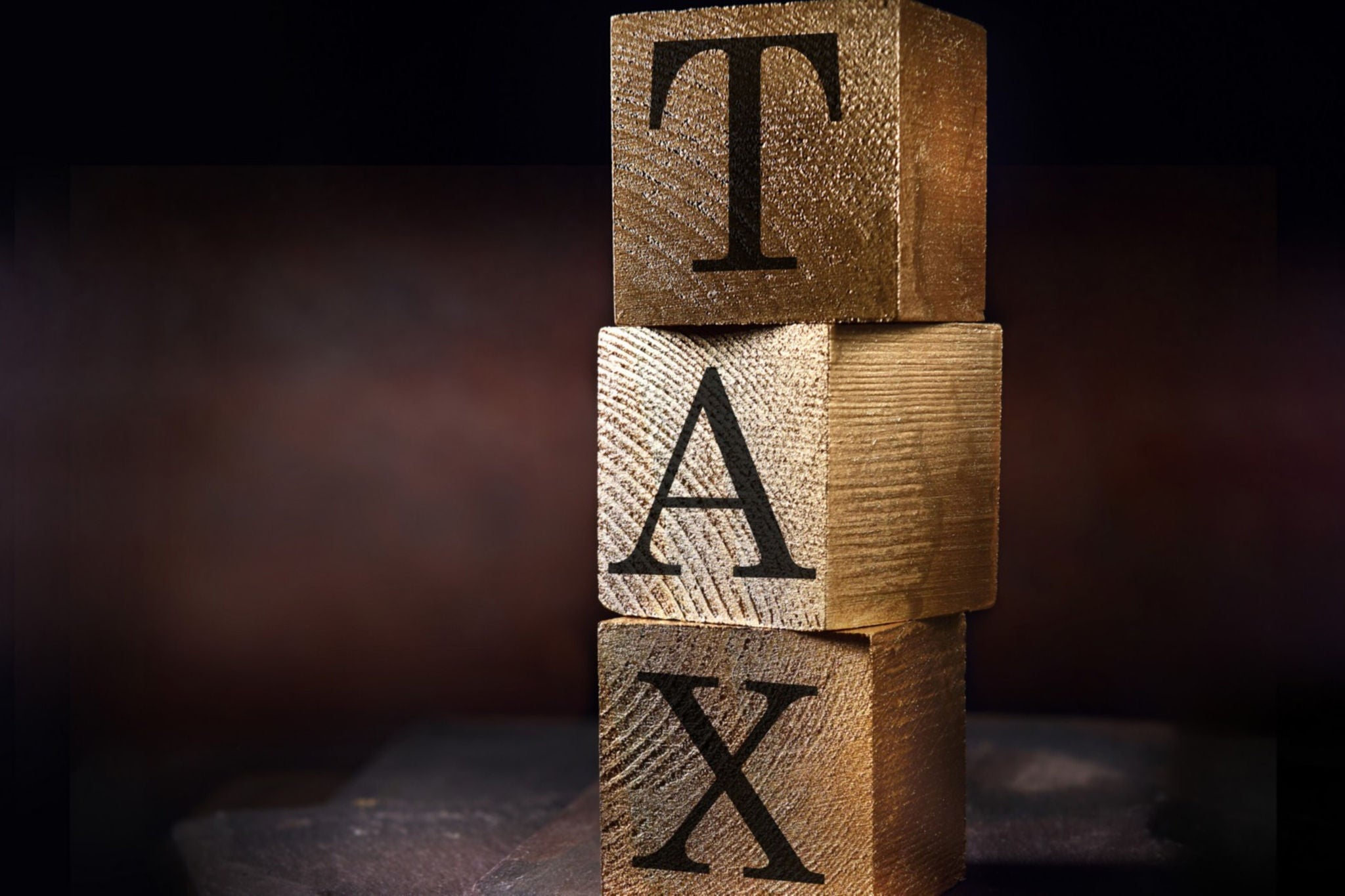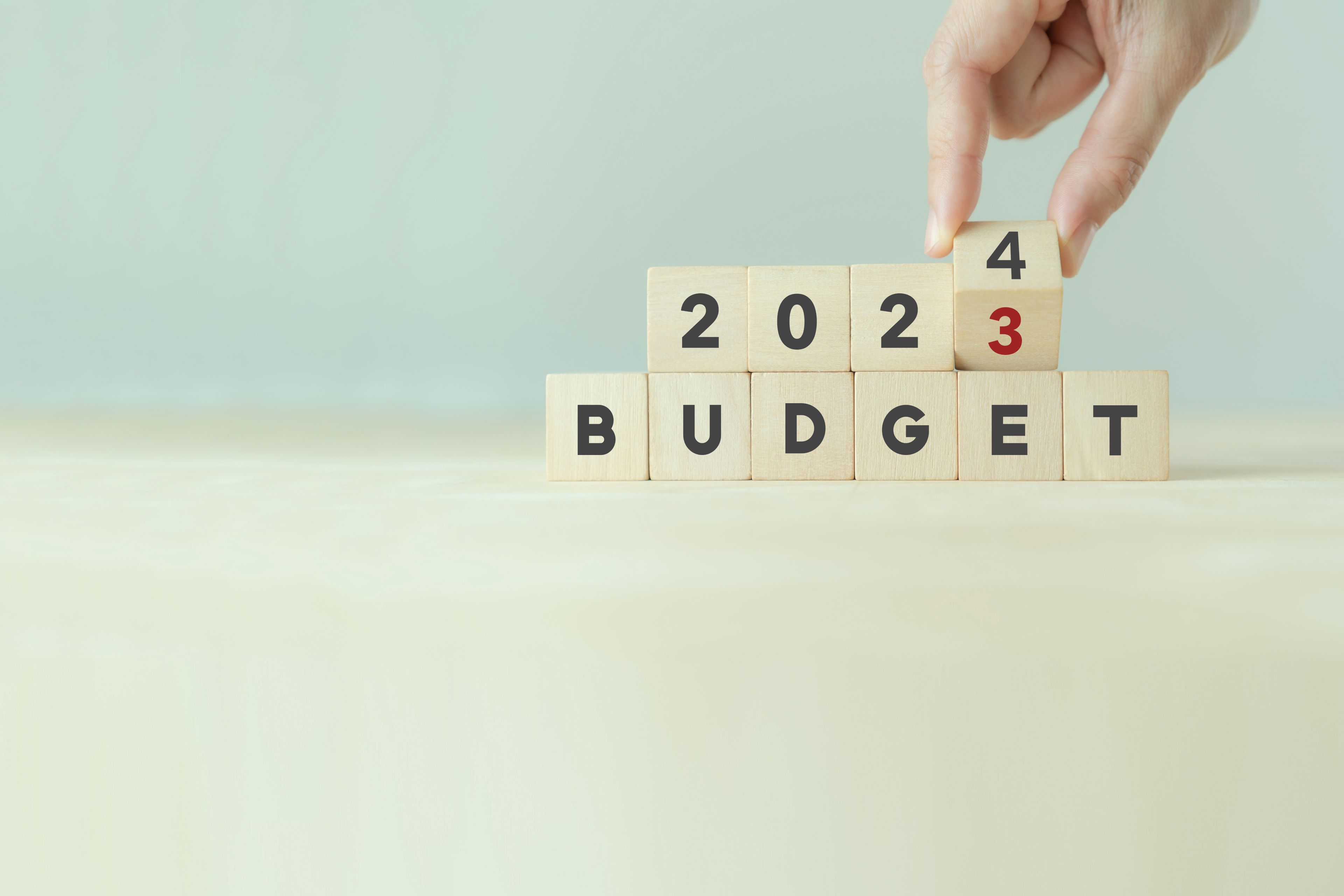EY refers to the global organization, and may refer to one or more, of the member firms of Ernst & Young Global Limited, each of which is a separate legal entity. Ernst & Young Global Limited, a UK company limited by guarantee, does not provide services to clients.

Budget 2023 has made tax planning and the concessional tax regime more alluring by introducing deductions.
In brief
- An efficient tax policy aims to keep at the tax rates low, allow very few exemptions and deductions and make compliance easier.
- However, the transition to such a tax system might not be easy, given the high tax rates, and a plethora of deductions and exemptions in the Indian tax system.
- The finance minister announced some changes in the new regime for the individual taxpayers.
The Finance Act, 2020 introduced an optional concessional tax regime with lower tax rates sans most deductions. However, this regime could not bring into its fold many taxpayers, as most taxpayers have been availing deductions and exemptions and have been able to optimize their tax bill. Thus, the old tax regime, with its offer of deductions/exemptions, continued to be popular for tax planning.
Budget 2023 attempted to make the concessional tax regime (CTR) more attractive by introducing standard deductions, by enhancing the maximum amount of income not chargeable to tax from INR2.5 lakh to INR3 lakh, the new tax regime also has a widened the slab with lower tax rates, reducing the surcharge for income over INR5 crore, increasing the income threshold for a rebate from INR5 lakh to INR7 lakh so that those earning up to INR7 lakh of taxable income do not pay any tax. Also, CTR /new tax regime will henceforth be the default tax regime and the taxpayer will need to specifically opt for the old regime if they wish to do so. Government hopes that many taxpayers will shift to the new tax regime. However, the fact remains that taxpayers may have to do an evaluation of their personal circumstances to assess whether they continue with the old tax regime with deductions or move to the new tax regime.
It is likely that a taxpayer who claims deductions of INR3.75 lakh and above at an income of INR15.5 lakh and above will still continue with the old tax regime. Particularly for salary income earners, deduction for rent paid against house rent allowance or LTA could make a taxpayer stay with the old tax regime for now. The direction for tax policy is clear and it is likely that eventually we will have a single tax regime without deductions/ exemptions. Meanwhile, this selection of the personal tax regime (old vs new / concessional) can be made every year depending on a comparison of the tax cost estimate under the two systems for salaried and non-business/non-professional taxpayers.
Case in favor of a simplified new tax regime is that it would simplify matters for employers and taxpayers. Employers need not worry about collecting evidence of rent paid, travel expenses, investments made, payment of interest on housing loans, etc. The taxpayer’s return would also be simple and transparent, reducing tax disputes. The young taxpayers may forego deductions and pay some extra taxes under the simplified tax regime since claiming deductions would have meant cash getting blocked in certain investment instruments like insurance policies, government run pension plans etc., that might not be their preferred investment instruments. Sections like 80C push individual taxpayers to invest in identified investments for tax deductions but with the new tax regime the young taxpayer might prefer to pay the extra tax and invest their funds where they deem more appropriate, including equity shares in the stock market, investment in start-ups or even spend it if they so prefer.
For the tax administration, the ease of compliance helps taxpayers to voluntarily file tax returns without hassles, thereby getting more taxpayers into the tax system. Larger volume of taxpayers’ data in the data bank creates opportunities for the tax administration to increase detection of transactions that might have resulted in leakage of taxes and perform analytics for more agile tax policy. Given digitization, the interplay of the data collected from various sources like, banks, credit card companies, travel agents, stock market, etc with the taxpayers’ tax return data would help to ensure better tax collection.
Budget 2023 also continues to work on the agenda of plugging avenues for tax planning for High Net worth Individuals (HNIs) such as introducing cap of INR10 crores for capital Gains exemption on sale of residential house (section 54 of Income Tax Act 1961) and or sales proceeds on sale of long-term asset ( section 54 F of Income Tax Act 1961) which can be justified on grounds of equity and need for revenues to offset lower tax rates. Similarly, streamlined tax benefit for high premium insurance and market linked debentures are outcomes of the data analytics that suggest misuse of beneficial provisions by HNIs.
Download the full pdf
Summary
Budget 2023 introduced changes to the optional concessional tax regime, making it more attractive with standard deductions and widened tax slabs. However, taxpayers may still prefer the old regime with deductions depending on their personal circumstances. The government aims to simplify tax compliance for employers and taxpayers and increase voluntary tax filing.
How EY can help
-
Tax policy advisory services by EY India offers insights & strategies to navigate complex tax regulations, driving business growth and compliance.
Read more -
EY DigiTDS is a cloud-based dividend withholding tax and TDS return solution that streamlines processes, boosts efficiency, and ensures tax compliance.
Read more -
Tax Collection at Source Module of DigiTDS, is a cloud-based, integrated solution helps in tracking tax collected at source on advances, validation & compliance of TCS
Read more
Related articles
Budget 2023 widens the scope of Tax Deducted at Source (TDS)
EY highlights how Budget 2023 widens the scope of Tax Deducted at Source (TDS). Learn more about TDS rates.
How amendments in angel tax will impact companies
In Budget 2023, the scope of angel tax expanded, to cover foreign funding. Learn more about the amendments in angel tax.
Sunset clauses in India are truly setting
Sunset clauses are commonly used in India's tax and fiscal laws, such as tax holidays and exchange control regulations. Learn more about their implications.






